Curious about liquid conversions? Discover how many cups are in a pint and unravel the mystery with our comprehensive guide. Get the accurate measurements you need for your kitchen adventures.
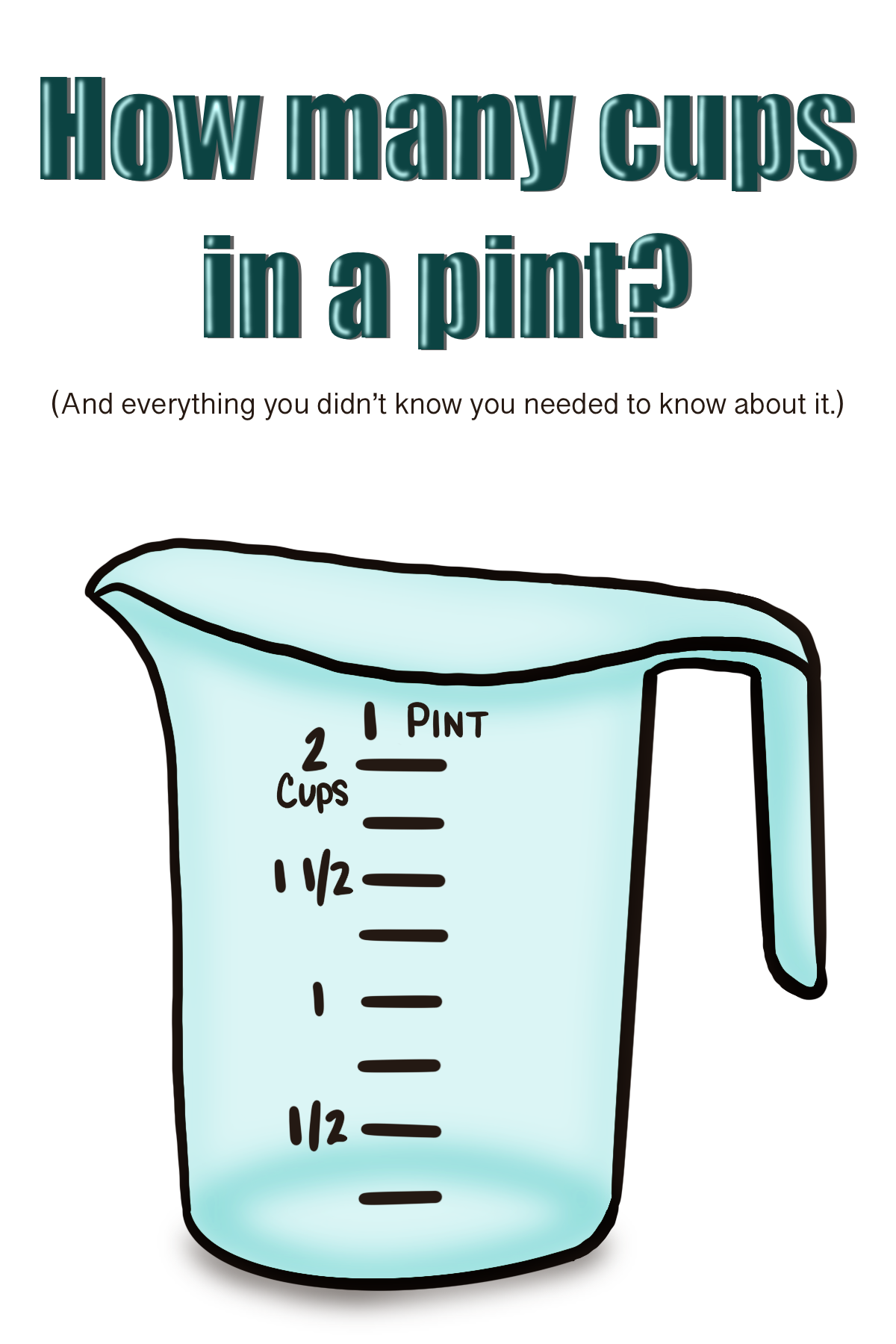
Ever found yourself scratching your head in the kitchen, trying to figure out just how many cups are in a pint? Fear not, for we are here to demystify this puzzling liquid conversion.
So grab your favorite beverage and prepare to sip on some knowledge!
Understanding the Pint
How many cups are in a Pint?
Let's start with the basics: a pint is a unit of volume commonly used for measuring liquids. It is widely used in the United States and the United Kingdom, although the volume differs slightly between the two.
In the United States, a pint contains 16 fluid ounces. Therefore, if we consider the typical cup size in the U.S., which is 8 fluid ounces, we can conclude that there are exactly 2 cups in a pint.
So, the next time you're pouring milk or water, remember that two cups combined make up a pint. It's as simple as that!
Why is there a difference in pint sizes between the US and UK?
Imperial Pints vs. American Pints
On the other side of the pond, in the United Kingdom, a pint is slightly larger, containing 20 fluid ounces.
However, the imperial cup used in the UK is not as standardized as the U.S. cup. In some cases, an imperial cup can hold 10 fluid ounces, which would mean there are 2 imperial cups in a pint.
It's worth noting that the use of cups as a unit of measurement is less common in the UK, and pints are more frequently used on their own.
Converting Between Cups and Pints
It's important to keep in mind that cup sizes can vary depending on the country or region you find yourself in.
The measurements we discussed here are the most commonly used, but it's always a good idea to check the specific cup size you're working with to ensure accurate measurements.
Measuring Liquid Ingredients vs. Dry Ingredients
When it comes to cooking and baking, understanding the difference between measuring liquid ingredients and dry ingredients is key to achieving perfect results.
While it may seem simple, using the correct measuring technique can make all the difference in your culinary creations. Let's dive into the nuances of measuring liquid and dry ingredients to help you become a kitchen maestro!
Measuring Liquid Ingredients:
When measuring liquid ingredients such as water, milk, or oil, it's best to use a liquid measuring cup. These cups typically have a spout for easy pouring and are marked with graduated measurements in fluid ounces, milliliters, and cups.
To get an accurate measurement, place the measuring cup on a flat surface, pour the liquid in, and make sure the meniscus (the curved surface of the liquid) aligns with the appropriate measurement line.
Be sure to read the measurement at eye level for precision.
Measuring Dry Ingredients:
Dry ingredients like flour, sugar, or spices require a different approach. For most dry ingredients, it's recommended to use dry measuring cups or spoons.
These cups are typically made of metal or plastic and come in various sizes, such as 1 cup, ½ cup, ¼ cup, and so on.
To measure dry ingredients, spoon the ingredient into the measuring cup, leveling it off with a straight edge (like a knife or the back of a spoon). Avoid packing the ingredient tightly into the cup, as it can lead to inaccurate measurements.
For small amounts, use measuring spoons with the same leveling technique.
So, whether you're whipping up a delightful cake or crafting a savory sauce, understanding how to measure liquid and dry ingredients will elevate your cooking prowess and guarantee delicious results.
Free Printable Conversion Chart!
Download our free printable conversion chart for hassle-free kitchen measurements.
Easily convert cups to pints, ounces to grams, and more with this handy reference guide.
Say goodbye to measurement confusion and start cooking with confidence today!
Armed with this newfound knowledge, you'll never be caught off guard when it comes to cups and pints. So go forth, embrace your culinary adventures, and remember to measure with confidence!
Cheers to clarity and conversions!



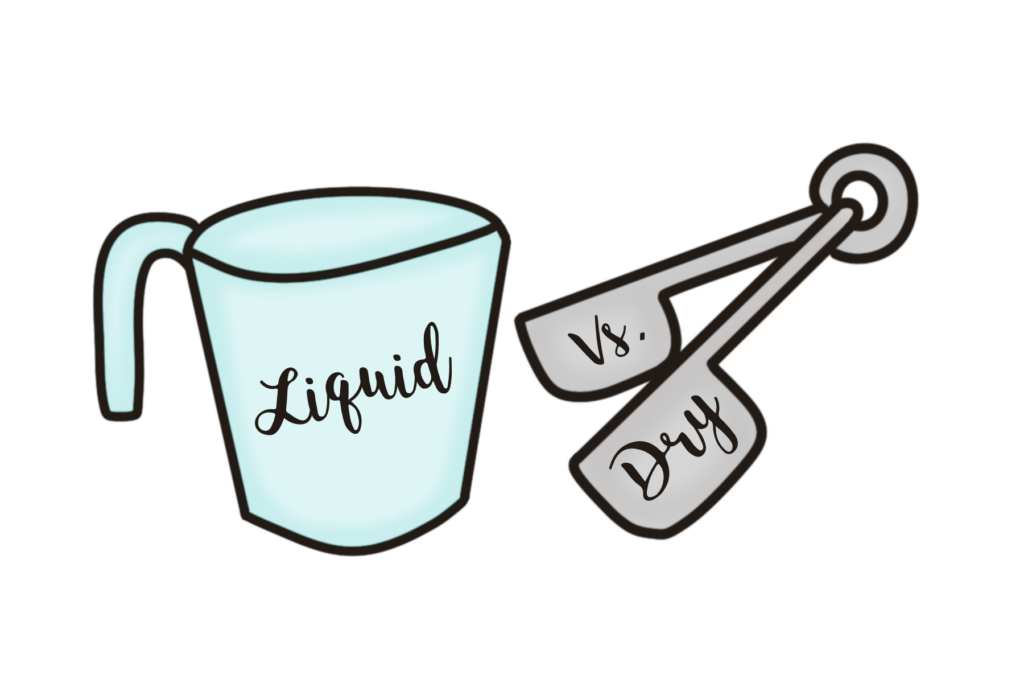
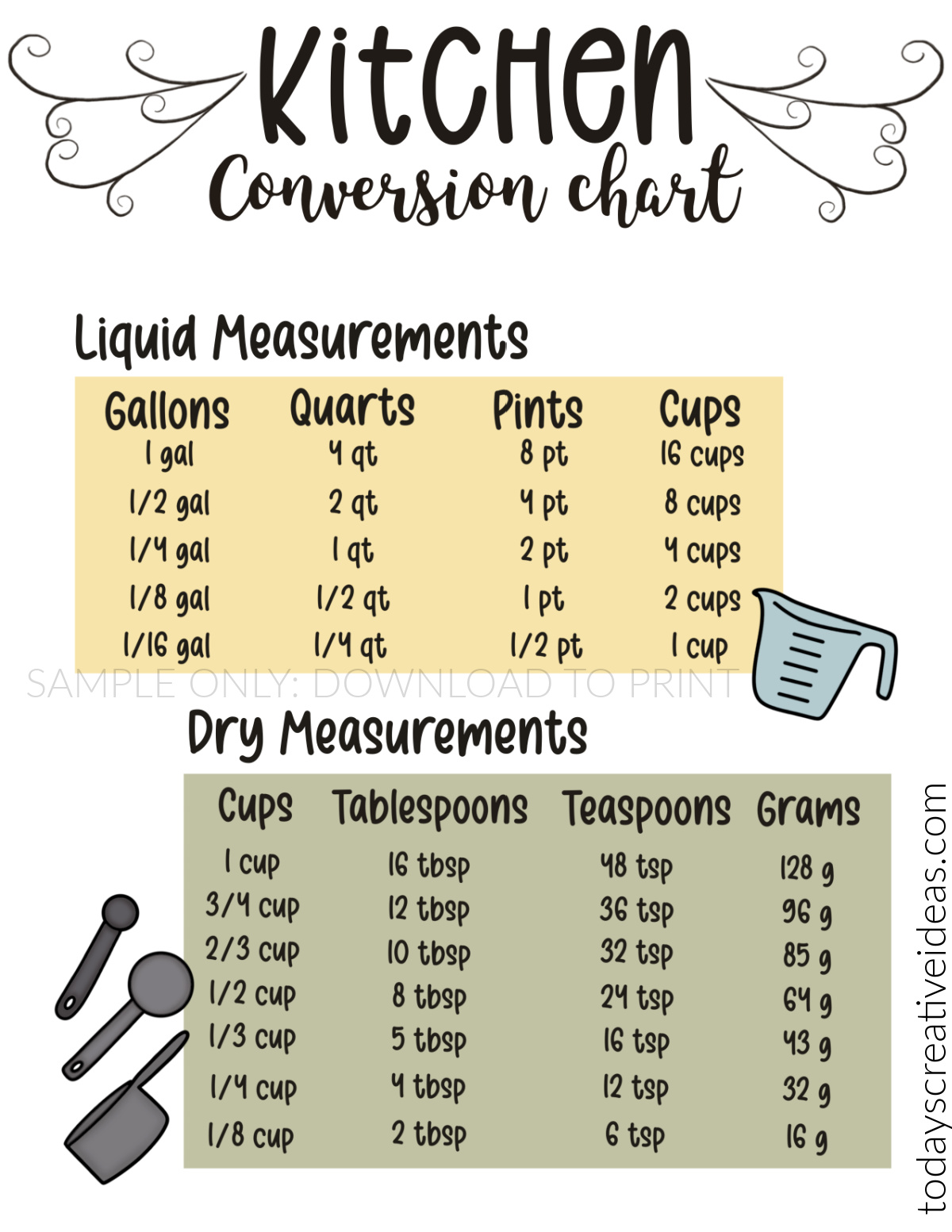

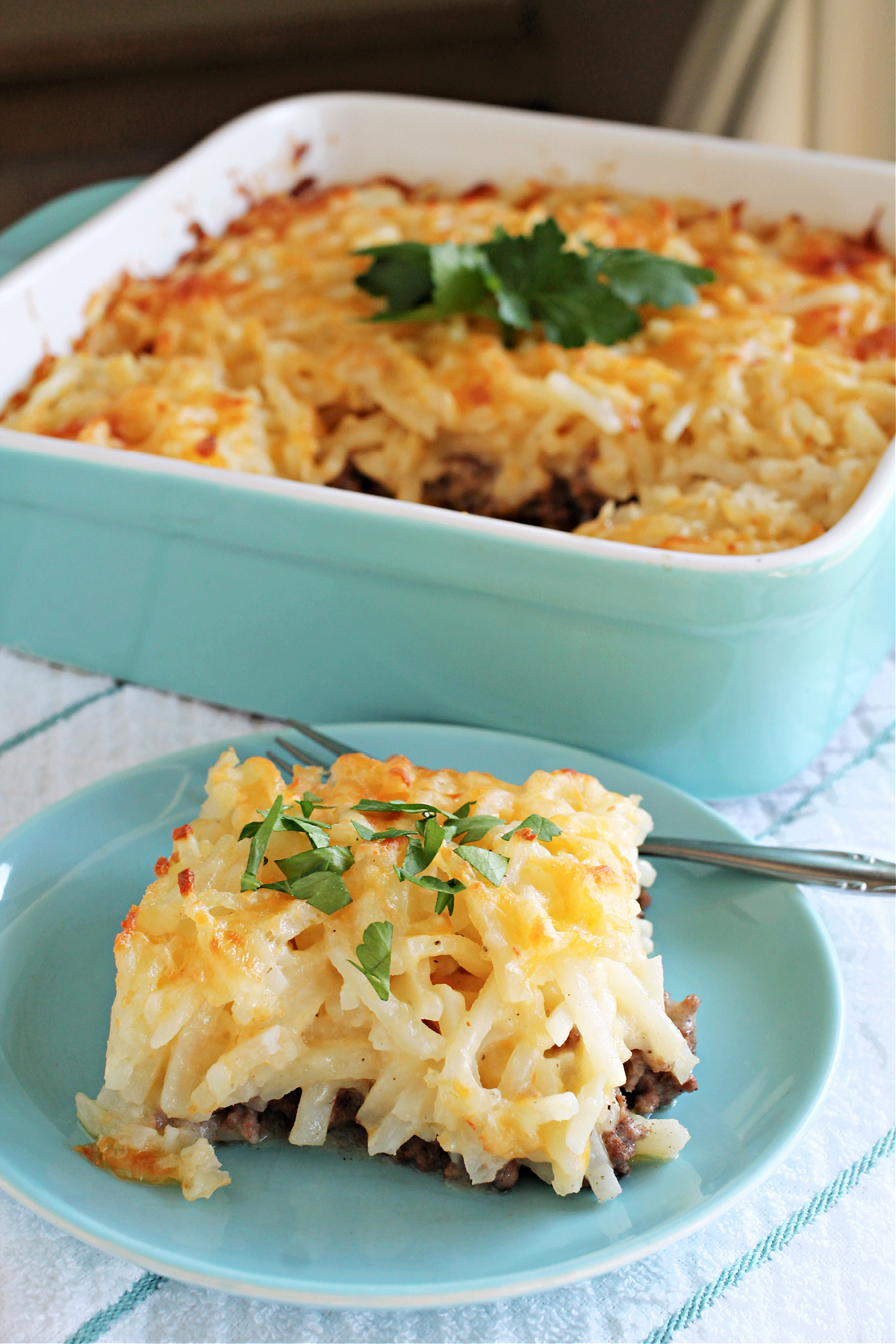
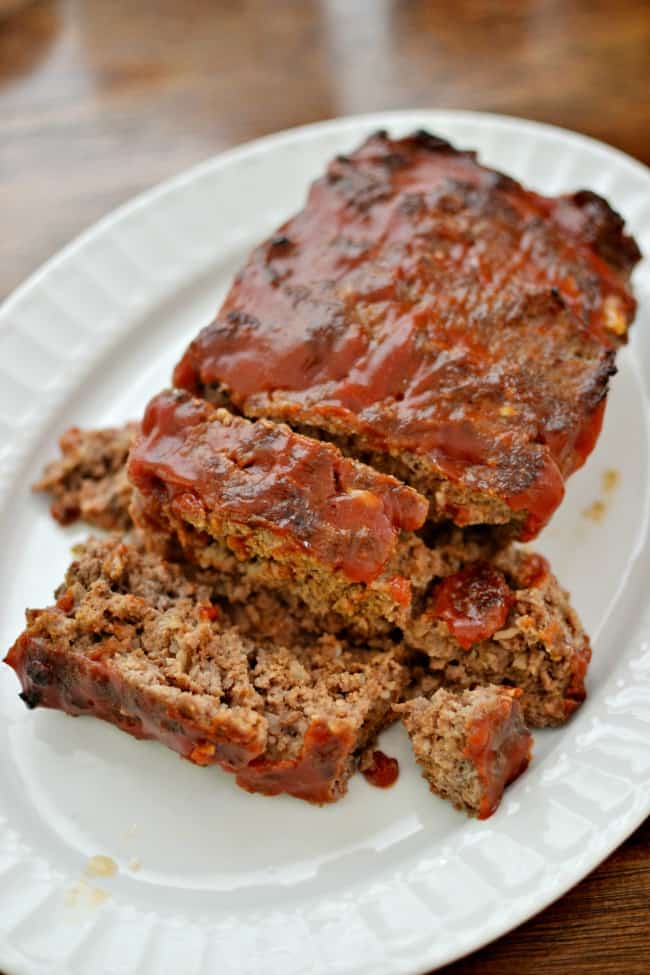
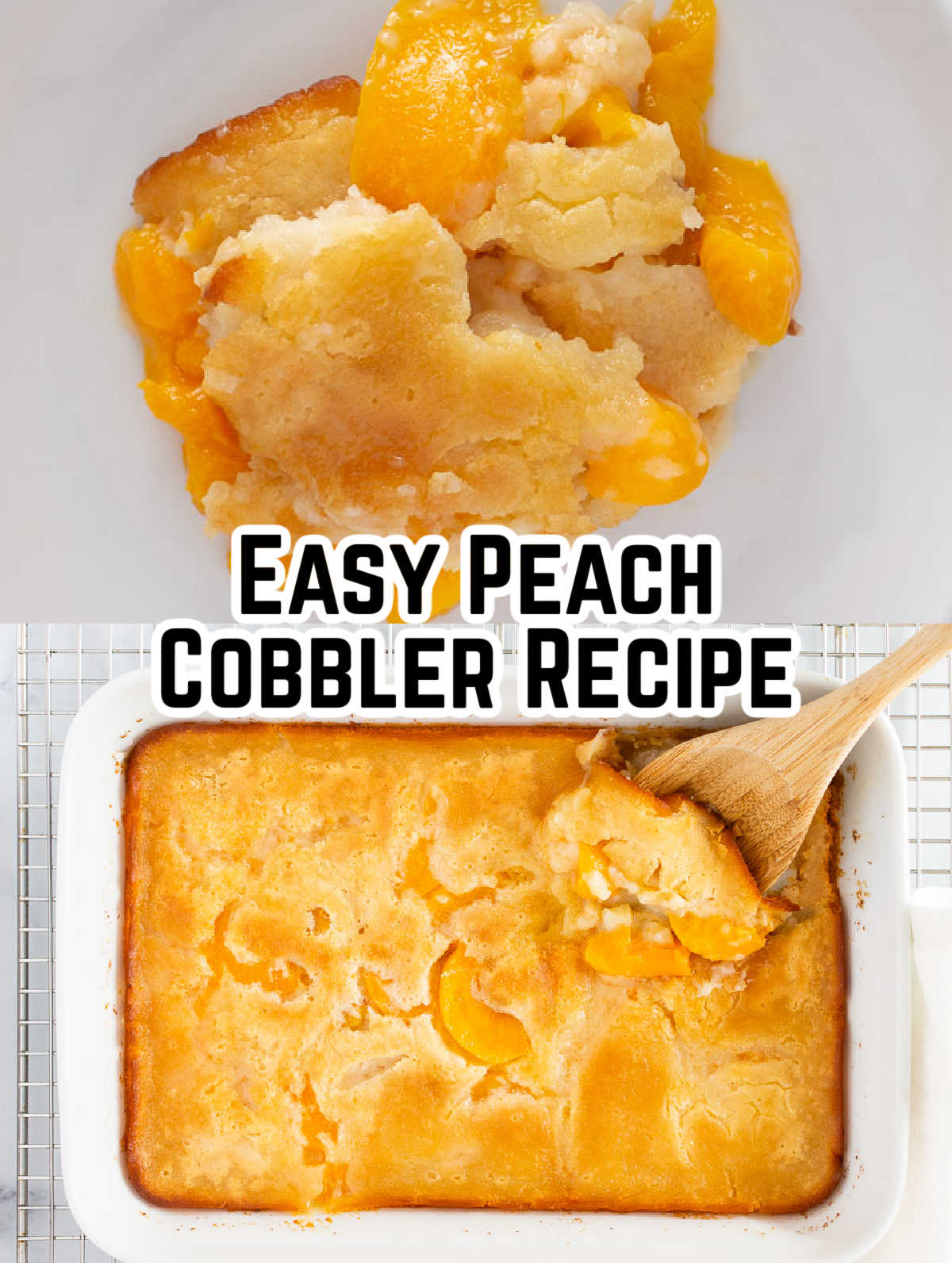
Leave a Reply